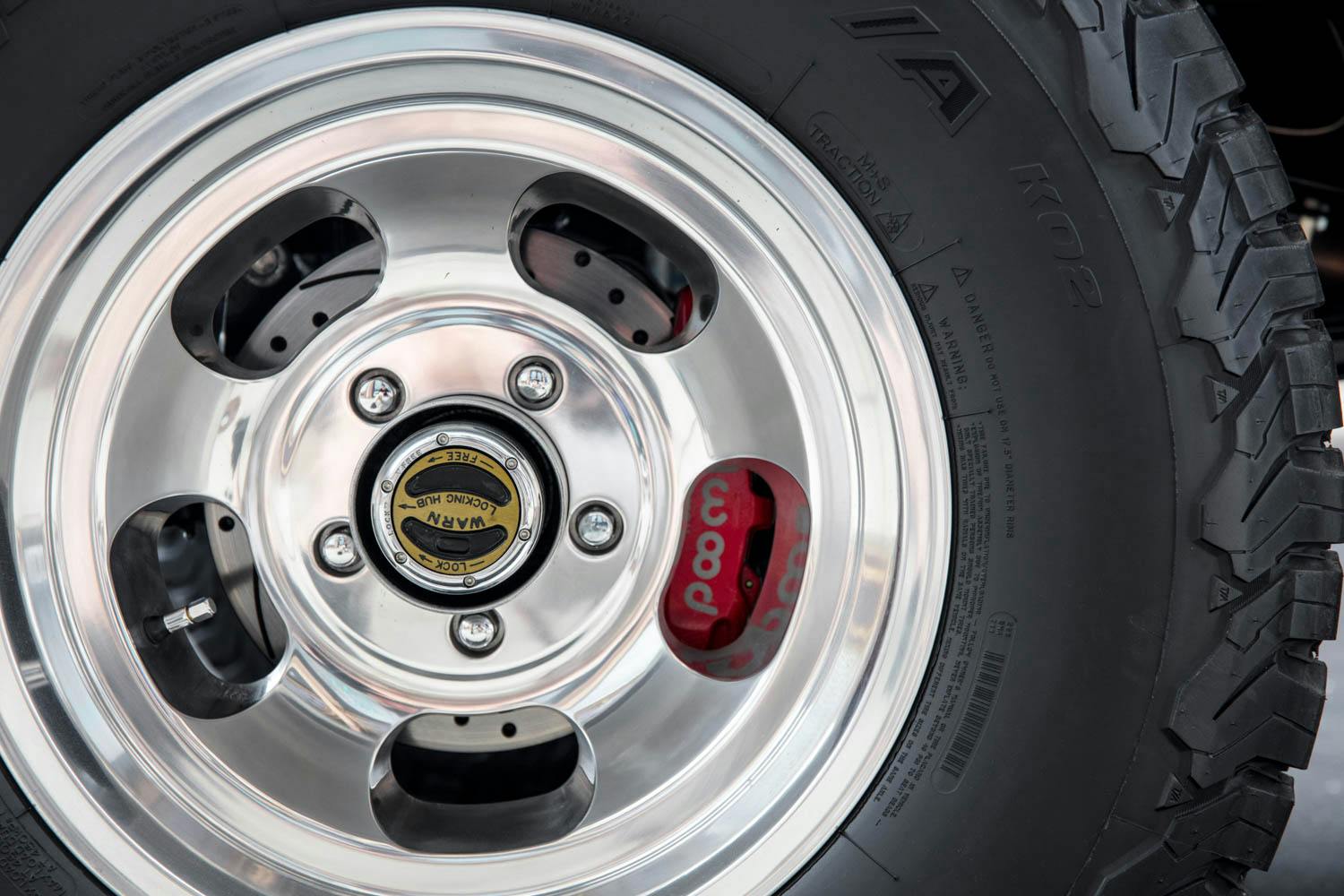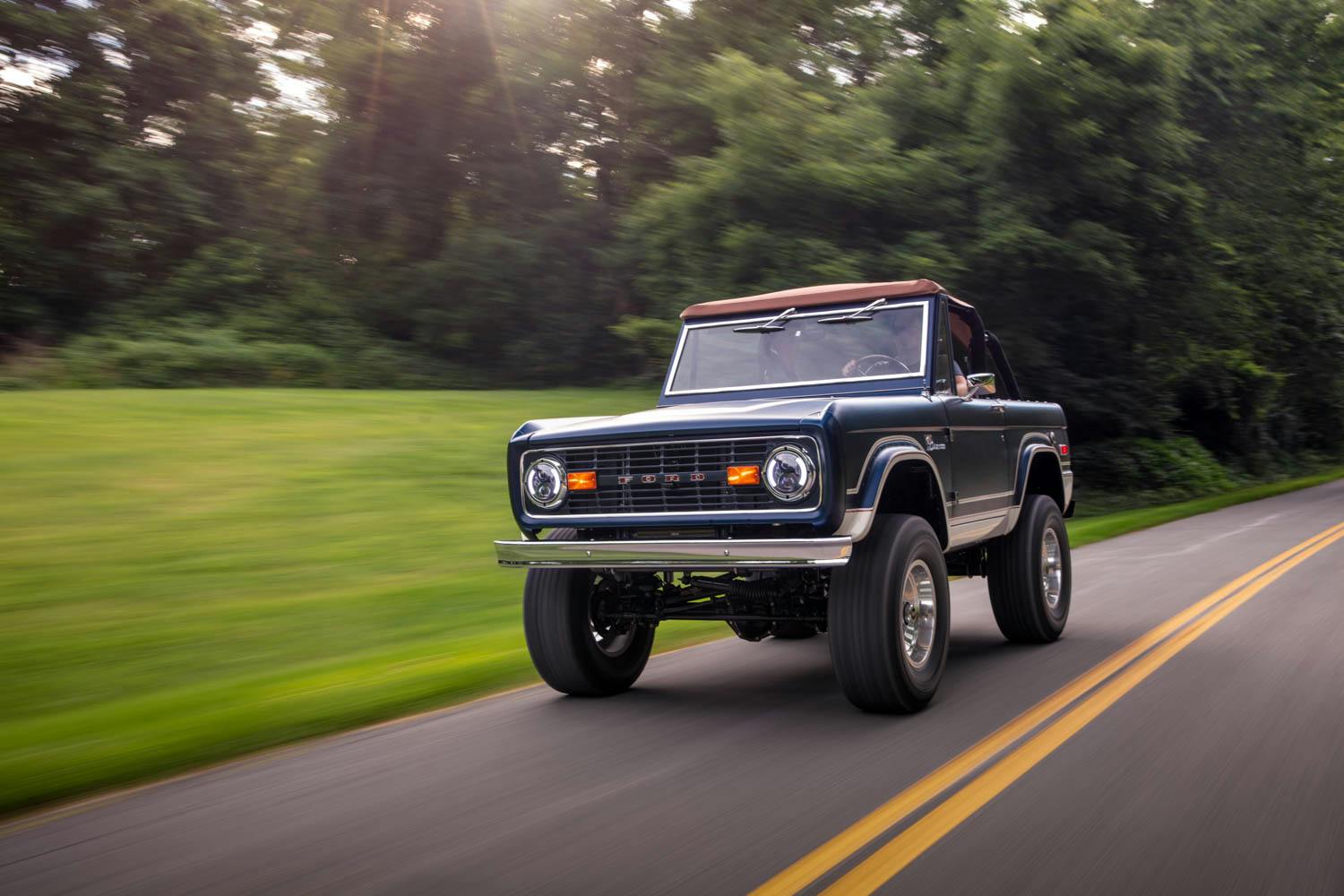Media | Articles
Why do we care so much about originality?
Coke or Pepsi?
Cat or Dog?
Cash or Credit?
Love or Money?
Original or Modified?
Marketplace
Buy and sell classics with confidence
So many choices! Thank goodness we are only going to deal with one of those questions, and in the car world it has become more controversial than ever.
We’re talking cat or … Oh, wait, original or modified, of course.
I’m happy to report that there is no right answer to this question, it all comes down to a matter of personal preference. However, it might make sense to look into the long-term ramifications of your potential choice.
This article originally appeared on Hagerty Insider.
Perhaps you have been around old cars for a few years and noticed some changes in how people talk about their treasured automobiles. “History” has become “provenance” to some, and the supporting paperwork with many cars is easily worth its weight in gold. The collector car “steak”—stuff like condition, options, and mileage—is now enhanced by the collector car sizzle—paperwork and history, err, provenance. It often takes the combination of the two to make a growing number of collectors interested in pursuing their next purchase.

It wasn’t always this way. In the early days of car collecting, when it truly was a hobby, even top-tier collectors cared relatively little about originality. The best restoration shops aimed to make cars better than new, replacing parts as they saw fit.
In recent decades, however, there’s been a sea change. Especially at the high end of the market, the car world is adapting many of the sensibilities and language of the fine arts world. Is your Packard becoming a Picasso? Well, no, but just as you wouldn’t dare clean a valuable old painting without consulting a specialist, so today it’s becoming less and less acceptable to replace parts on an old car without first considering the value of that part and even whether the wear and tear on it is part of the car’s story. Restored is OK, but original is better, and sometimes way better. Survivors have been an attraction to some for over fifteen years, and these trends are bound to continue as expensive and treasured old cars become, well, more expensive, and more treasured.
Of course, the cars remain different from art in one key regard: Cars are driven. And whereas no one would seriously suggest a Da Vinci painting would look better if traced over with twenty-first century pigments, even the most ardent automotive traditionalist has to admit that modern technologies make cars safer, easier, and sometimes flat-out better to drive. So, what to make of “improvements” to classic cars?

First up comes modifications for safety reasons. This question has been around since at least 1937 with the adoption of safety glass in automobiles. Other equipment like seat belts, LED lights, and dual master cylinders come to mind, but there can be more. “In judging, safety modifications are often addressed on a case-by-case basis,” says Phil Neff, the Chief Judge of the Greenbriar Concours in White Sulphur Springs, West Virginia. “Sometimes it can come down to the use of the car. If it’s driven regularly, Judges are almost certain to show leniency, but in the end, everything done discreetly should be okay.” So noted, remember, it’s best not to put flamethrower headlights on your show car Bugatti, or disc brakes from a Lexus on your Duesenberg. LED taillights and a dual master cylinder on an early Mustang, though, should be okay.
Far murkier are “modernizations” that reflect changing preferences rather than improving technology. Remember at the end of the 1980s, when it seemed a good portion of 1960s and ’70s Porsche 911s had a whale-tail and a super-hot exhaust? So do I. By now, someone has likely spent an even greater amount peeling off those now-dated looking updates. And, generally, that’s money well spent: The undisturbed or re-restored correctly 911s bring a good bit more than the “updated” ones, and tend to sell quicker as well.
Remember, with most any noticeable modifications, you are dealing with your taste and current trends. Things change over time, and even though a 1997 is more modern in many ways than a 1967, most buyers would prefer their 911 as it left the factory.
Ready to have your head spin? There is also the thought that modifications done “in period”—generally agreed as within a few years of manufacture—carry more historical weight going forward. These so-called “day two” cars, in the muscle car parlance, carry popular mods of the day, such as American Racing wheels or lace paint, or a non-factory hood scoop and a 8-track player under the dash. Again, rule, meet exception. Did I mention there is no right or wrong here?
The elephant in the room, however, is the restomod. We’re seeing more and more fully updated Broncos, muscle cars, Corvettes, and the like selling for more than examples in original or restored-to-original condition. There’s a line of logic that says demand for restomods will only increase as baby boomers seeking more comfort converge in the marketplace with younger enthusiasts who never experienced the “good old days” of bias-ply tires and unassisted brakes.
Still, we’d be cautious. There is probably little harm in taking a 1970 Chevy Chevelle that has a six-banger, no history, few options and a hot-ton of needs and turning it into the restomod of your dreams, with maybe SS trim, a modern drivetrain, air conditioning that blows actual cold air and brakes that will stop the car without making an advanced reservation. You are effectively giving a new life to the body shell, the design, and the “look” that speaks to you and others. The math might not work in your favor if you start with a V-8 car with a good, known history, good options and popular (or oddball) colors. And be aware that building your car with everything up to date in 2021 might not say “fresh” to a potential buyer ten years from now. What’s true for restomods is often true for hot rods as well.
The choice is ultimately yours, it’s your car and your money. But keep your eyes open before you commit to modifying an original car. If your car is one of just a handful, it might make sense to keep it stock, or as close to stock as you feel comfortable with. If a comprehensive (read “expensive”) restoration is needed because the car is in a deteriorated state, choose your options. If it is a replaceable production car, you might wish to modify to your taste, or sell the project and move on to something else.
Again, there’s still no right or wrong answer. Our hobby is great, with room for every car and every taste.


















